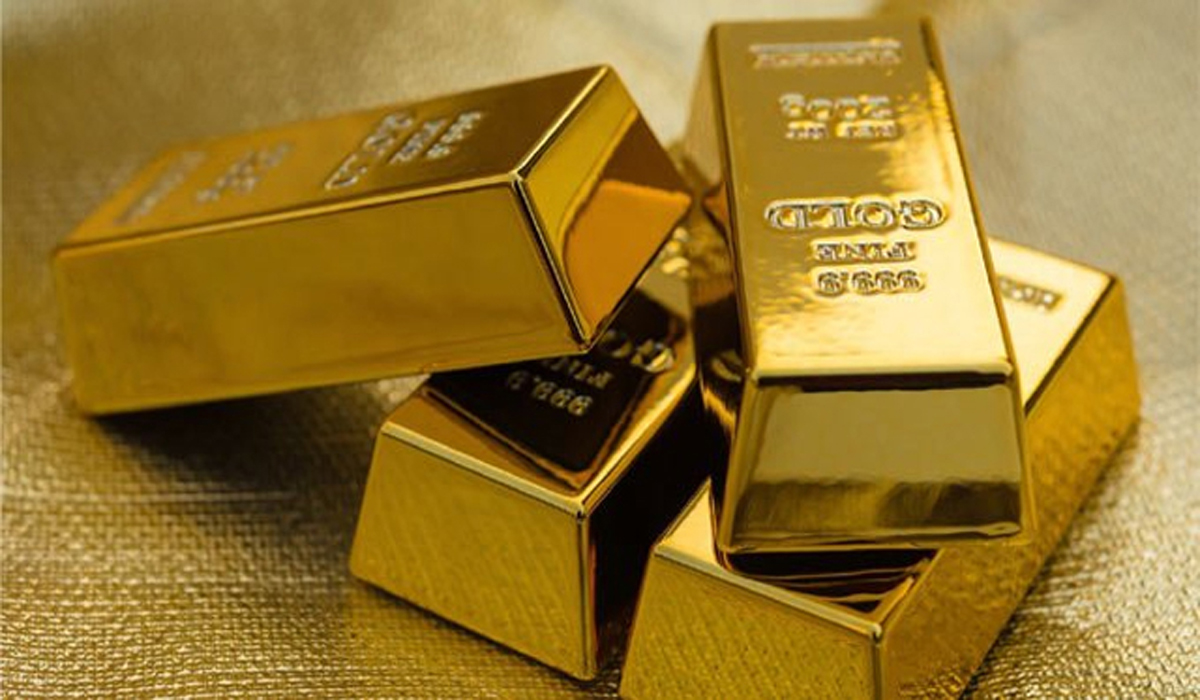
Love for Gold of Indians can be understood by the fact that India is the second largest consumer of gold globally. Be it for jewellery or for investment, gold always offers high returns. Recently, the government has approved hallmarking standards for 9-carat gold. The approved hallmarking for 9 carat gold means that it has now become officially part of the Bureau of Indian Standards’ (BIS) hallmarking system.
The government issued a notification, and as of the Ministry of Consumer Affairs, the rule will take effect from this month.
Given the rising demand and prices of pure gold, Indians have inclined towards lighter and lower carat jewellery. After 14 K and 10 K now the jewellery will be available in 9k also.
What is 9 K Gold?
According to BIS, 9K gold must have a minimum fineness of 375 parts per thousand, and will now be subject to the same regulations as other gold categories. Jewellers and hallmarking centres are advised to start complying with the government orders from this month.
Brought to you is the breakdown of different types of gold as per its purity
Gold quality, also referred to as gold purity, is measured using the karat system, where a higher karat number indicates a greater percentage of pure gold. The higher the number of Karats, more purer the gold.
Here are the types of Gold as per the purity
Types of Gold and Their Properties:
This is pure gold, containing 99.9% gold, making it the most valuable and softest. It’s highly susceptible to scratches and dents, making it less suitable for everyday wear.
Contains 91.6% gold and 8.4% other metals, like copper and silver. This alloy enhances durability and is a popular choice for intricate jewelry designs, but it’s still relatively soft.
Features 75% gold and 25% other metals, offering a good balance between gold content, durability, and a rich color. It’s a popular choice for high-end jewelry.
Composed of 58.3% gold and 41.7% other metals, making it the most durable option for everyday wear. It is also more affordable than higher karats.
Contains 41.7% gold and is the most durable and affordable, though it may not have the same richness of color as higher karats.
This gold is a gold alloy containing 37.5% pure gold and 62.5% other metals. Govt has recently inducted this in the system of hallmarking.
How will this impact in future
Gold prices have soared to record highs globally as well as in India. The price of gold crossed ₹99,000 per 10 grams and temporarily hit ₹1,00,484. There are still many people for whom buying gold jewellery is a dream. Some people buy the cheaper one to reduce the cost.
Now with 9-carat options available, consumers with having lower budget would be able to shop for the precious golden metal. As per reports, 9-carat gold costs roughly ₹38,110 per 10 grams, including GST, which is way cheaper than the 24 k or 22 k ones.
With this move, the budget-conscious buyers will be attracted as well as it will enhance consumer confidence by providing purity in even lower-carat options. Jewellers and analysts anticipate this strategy will resonate with younger buyers and rural markets with limited gold budgets.
